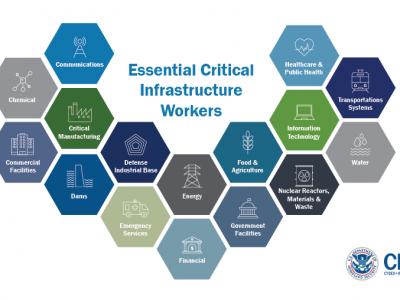Forest fires: Wildland-Urban Interface (WUI)
Wildland–urban and rural–urban interfaces are the spatial manifestation of the coupling of fire and people, and the most proximate scale of exposure and risk mitigation The abandonment of rural lands and the expansion of urban areas led to the creation of important interfaces between built infrastructures and vegetation with high fuel load that, when burning, create very significant threats to people and make firefighting and other civil protection operations much more difficult to coordinate.
Potential Solutions
Wildland–urban and rural–urban interfaces are the spatial manifestation of the coupling of fire and people, and the most proximate scale of exposure and risk mitigation The abandonment of rural lands and the expansion of urban areas led to the creation of important interfaces between built infrastructures and vegetation with high fuel load that, when burning, create very significant threats to people and make firefighting and other civil protection operations much more difficult to coordinate.
Limiting the sprawling of WUIs and mitigating the impact of wildfire in these interface areas elicits many social and scientific challenges, such as establishing construction and development standards, defining asset - protection zones with proper fuel management and predicting fire spread and behaviour in interface areas and making this information available to the public for a better response in case of emergency.
Rationale & related CM function(s)
 |
El sitio web Portfolio of Solutions se desarrolló inicialmente en el marco del proyecto DRIVER+. En la actualidad, el servicio está gestionado por el AIT Austrian Institute of Technology GmbH, en beneficio de la gestión europea de . El PoS está avalado y apoyado por la Disaster Competence Network Austria (DCNA), así como por los proyectos STAMINA y TeamAware H2020. |
